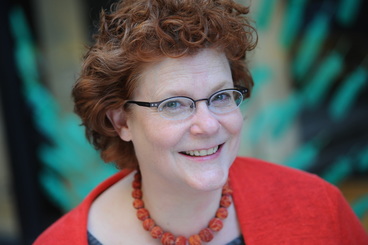
Pamela D. Toler, author of a new book about the agreed to talk to me about the book, and right off, I told her I tend to be queasy. She assured me the book touches lightly on the blood and gore of battle wounds, and focuses on the doggedness of the women nurses. Doggedness they sorely needed because the doctors didn't want their help. Pamela says ""Just getting to the hospital or battlefield required these women to push against societies assumptions about what ladies should and should not do. Georgeanna Woolsey was a New York socialite who took all the trimming off one of her dresses and a bonnet, dressed her hair as plainly as possible and, to the amazement of her family, bluffed her way into a slot in the nurses training program." 
Georgeanna Woolsey wrote, "No one knows who did not watch the thing from the beginning, how much opposition, how much ill-will, how much unfeeling want of thought, these women nurses endured. Hardly a surgeon whom I can think of received or treated them with even common courtesy. Government had decided that women should be employed, and the Army surgeons - unable therefore to close the hospitals against them - determined to make their lives so unbearable that they should be forced in self-defense to leave."

Savage Station, Virginia. Union field hospital after the battle of June 27 Includes the straw-hatted Sixteenth New York Infantry who fought at Gaines' Mill on June 27. Most were captured when Confederates overtook the area during the battle of Savage's Station on June 29 during the Peninsular Campaign. Library of Congress
Pamela says the nurses "learned to cope with the sights and smells of a military hospital—dysentery and amputations were both ugly things. Some women didn't last. And I can't blame them.  Author Pamela D. Toler Author Pamela D. Toler
Even filtered through nineteenth century gentility, the first hand accounts of Civil War hospitals are pretty grim. But many women gathered up their courage and learned not only to bandage wounds but to elbow their way through a hostile bureaucracy. They came out of the war with new skills and new confidence.
And after the war many of them used their new skills at organizing and working within male-dominated bureaucracies to make the world around them a better place. "Many people, including me," says Pamela, "are intrigued by the stories of the women who disguised themselves as men to fight in the Civil War. They were colorful and heroic, but their choices didn't change anything. "I would argue that the women who served as nurses and their counterparts who ran the soldiers' aid societies that provided soldiers with basic necessities throughout the war had a profound impact on the status of women after the war. If you look at an American reform movement after 1865, the odds are you'll find a former Civil War nurse in the middle of things." Pamela says the message she has taken from these Civil War nurses is that the first step to changing the world is challenging yourself. Sometimes I think I get enough challenge just waking up in the morning, but these women went out and grabbed trouble by the horns and hung on. For women of their time, they were downright amazing! What's an amazing woman for our time look like? I'd love to hear your thoughts on that. Comments are closed.
|
I'm fascinated to discover little-known history, stories of people and events that provide a new perspective on why and how things happened, new voices that haven't been heard, insight into how the past brought us here today, and how it might guide us to a better future.
I also post here about my books and feature other authors and their books on compelling and important historical topics. Occasionally, I share what makes me happy, pictures of my garden, recipes I've made, events I've attended, people I've met. I'm always happy to hear from readers in the blog comments, by email or social media. Archives
September 2023
Categories
All
|


